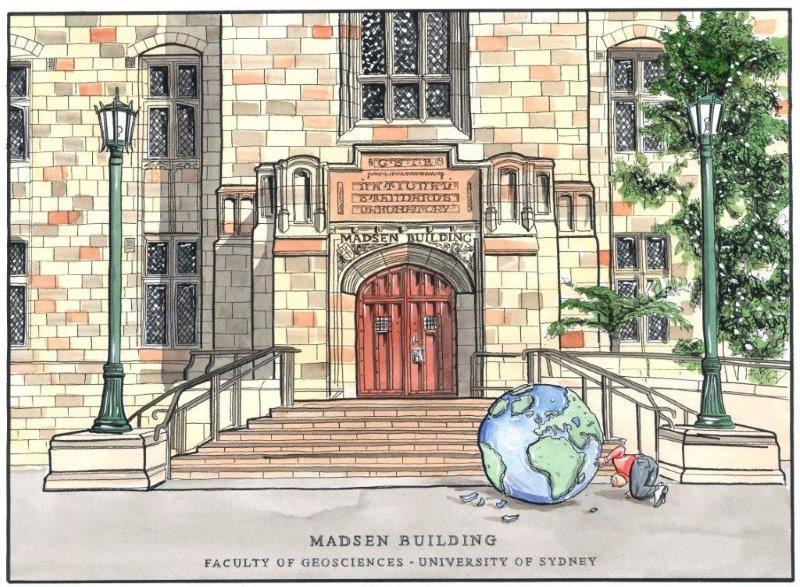
Madsen Building - School of Geosciences - University of Sydney
The Madsen Building and the Faculty of Geosciences at the University of Sydney are not just architectural structures; they are emblematic of the university's rich history, academic excellence, and cultural significance. This historic building and its associated faculty have played a pivotal role in the development of geological and earth sciences in Australia, leaving an indelible mark on both the academic world and the broader community.
The Madsen Building, constructed in 1910, stands as a testament to the enduring legacy of its namesake, Sir Roderick Murchison Madsen. Sir Madsen was a pioneering geologist and a pivotal figure in Australian geological research. His tireless efforts in the field laid the foundation for the Faculty of Geosciences at the University of Sydney, which is now recognized as one of the leading institutions for geology and earth sciences in the world.
The cultural significance of the Madsen Building and the Faculty of Geosciences extends beyond academia. They serve as symbols of the university's commitment to the pursuit of knowledge and the preservation of Australia's geological heritage. The faculty's research and educational programs have contributed significantly to our understanding of the continent's geological history, natural resources, and environmental challenges. This knowledge has practical applications, from resource exploration and management to environmental conservation and hazard mitigation.
Moreover, the Madsen Building and the Faculty of Geosciences have been gathering points for scholars and enthusiasts from around the globe. They have hosted countless conferences, seminars, and lectures, fostering intellectual exchange and collaboration. These interactions have not only enriched the academic community but have also promoted cross-cultural understanding and cooperation in the field of geosciences.
In conclusion, the Madsen Building and the Faculty of Geosciences at the University of Sydney are not just bricks and mortar; they are living monuments to the pursuit of knowledge and the preservation of Australia's geological heritage. Their history and cultural significance resonate not only within the academic sphere but also in the broader context of Australia's scientific and cultural heritage. These institutions continue to shape the future of geosciences, leaving an enduring legacy for generations to come.